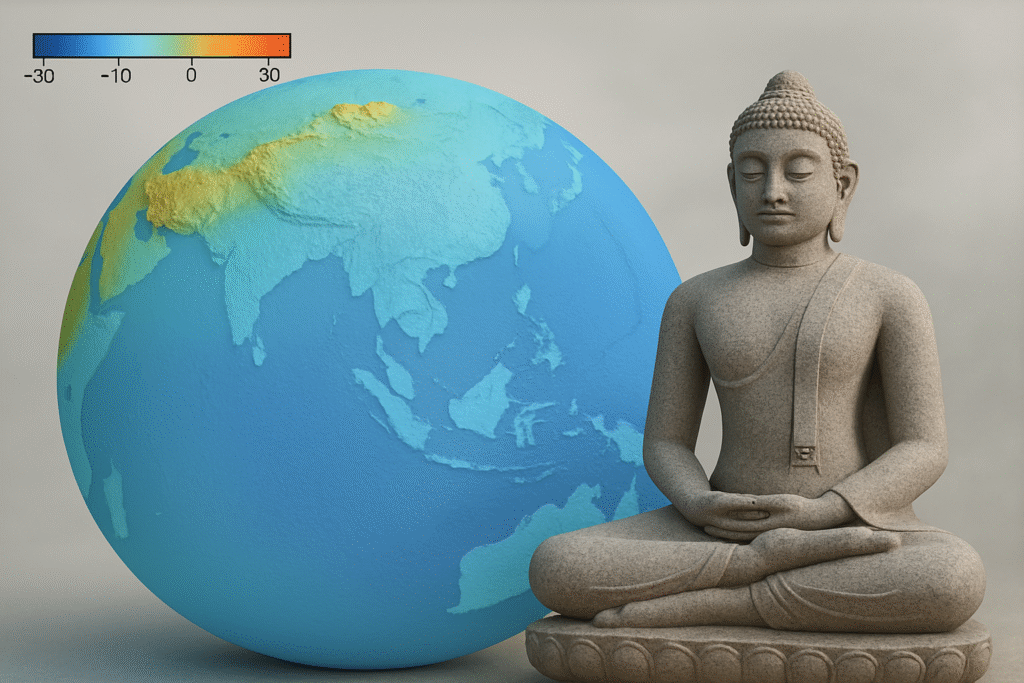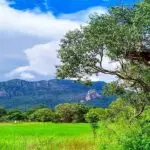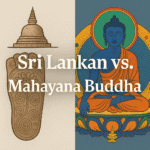A Subtle Force Beneath Our Feet
When we think of gravity, we often imagine the force that keeps our feet on the ground. But what if this invisible pull plays a quiet role in the evolution of human consciousness? Recent satellite data from NASA and ESA reveals that the Indian Ocean, just southwest of Sri Lanka, holds the lowest gravity point on Earth’s surface. Known as the Indian Ocean Geoid Low (IOGL), this region isn’t just a scientific curiosity—it may be a hidden key to understanding the spiritual magnetism of Lanka.
A Cosmic Dip in the Indian Ocean
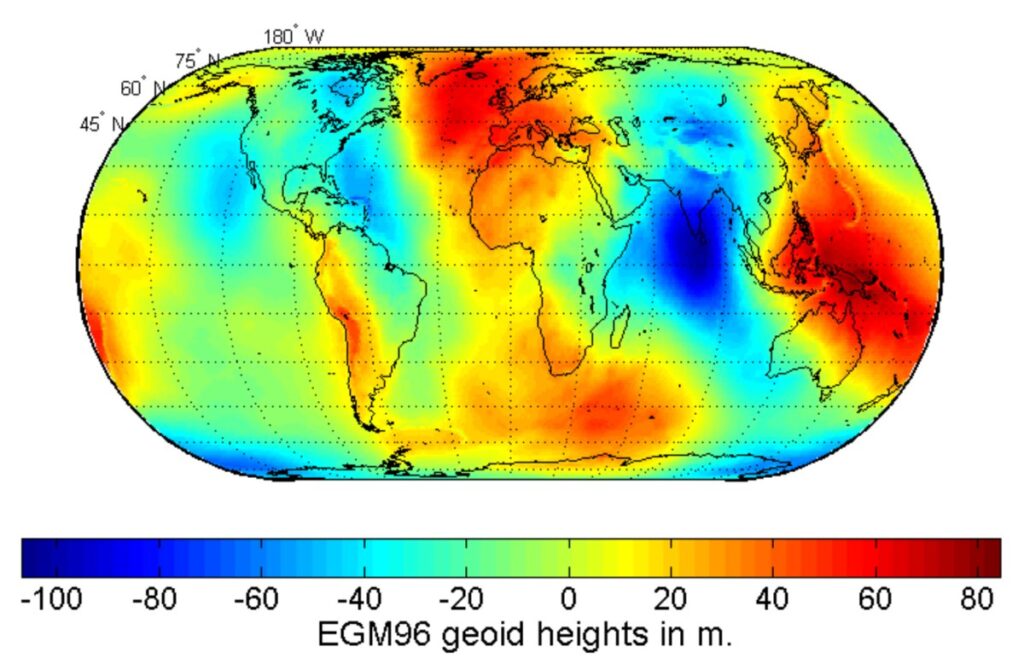
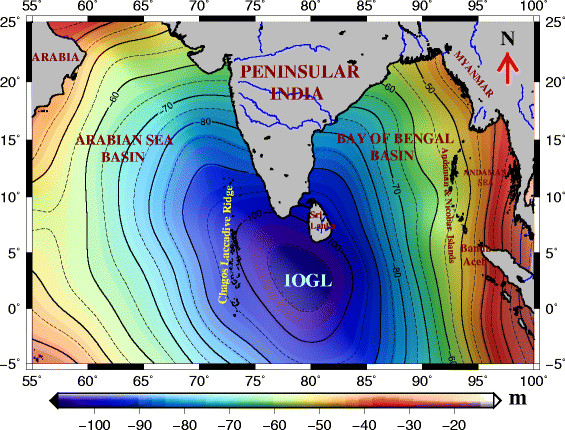
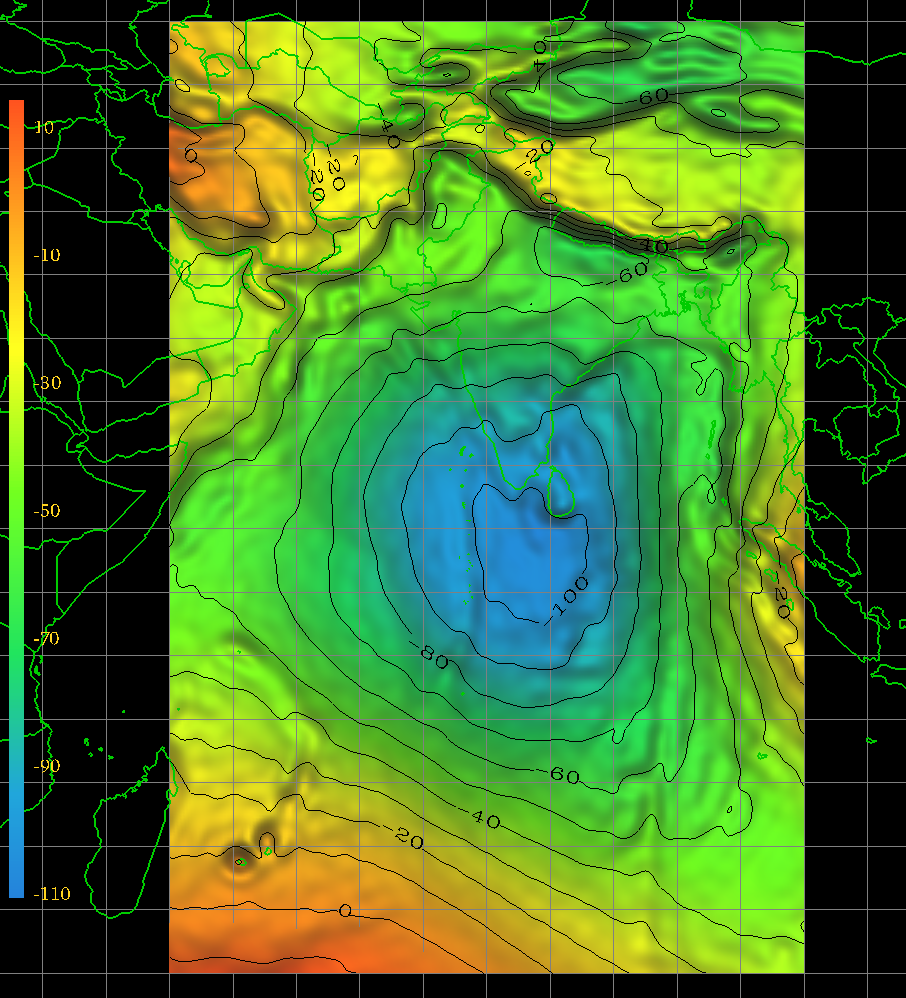
NASA’s GRACE and ESA’s GOCE satellite missions confirmed a massive low-gravity anomaly covering over a million square kilometers southwest of Sri Lanka. The geoid—a model of Earth’s sea level shaped by gravity—drops by an astonishing 106 meters in this zone, making it the deepest gravity depression on the planet.
Though centered offshore, Sri Lanka lies on the fringe of this gravity anomaly, making it one of the most gravity-light regions inhabited by humans. Compared to heavier gravity zones like the Himalayas or Europe, Lanka feels just a bit “lighter”—scientifically, emotionally, and perhaps even spiritually.
Does Gravity Affect the Human Mind?

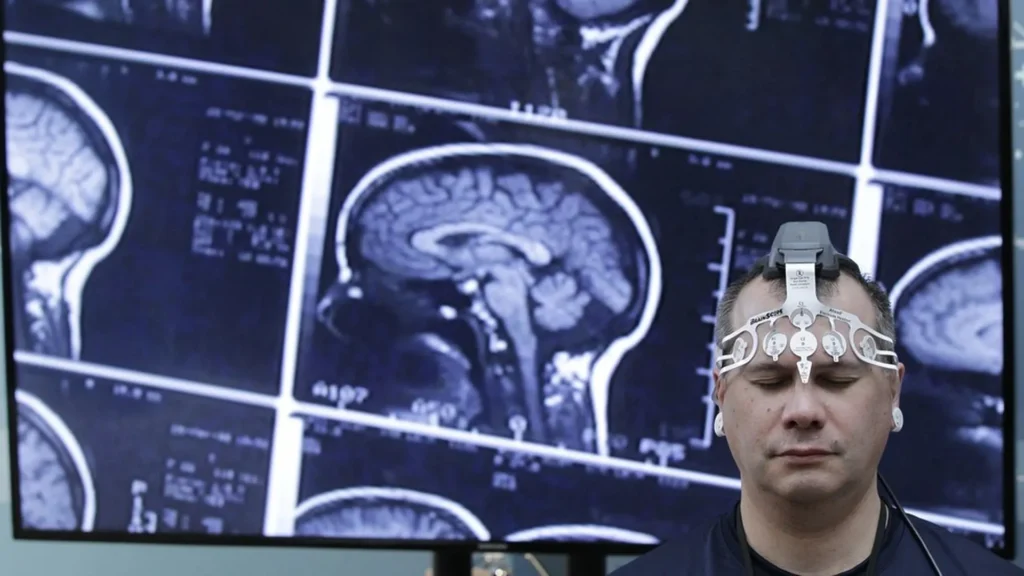
Images: The crew of NASA’s SpaceX Crew-9 mission to the International Space Station poses for a photo during a crew equipment interface test time.com, And Axios.com Space travel warps human brains
Surprisingly, yes. Studies on astronauts and subjects exposed to microgravity show changes in brain structure, fluid distribution, and emotional processing. Gravity—or the lack of it—can influence spatial awareness, memory, even the way we perceive ourselves.
In reduced gravity conditions, decision-making confidence can increase, anxiety may decrease, and the brain begins to reorganize itself. While these effects are most pronounced in space, even subtle gravitational variations on Earth may impact how we feel, focus, and think.
The Spiritual Implications for Lanka
Could this “natural lightness” of Sri Lanka have supported the Buddha’s path to awakening?
“In the lightness of Lanka’s land, the mind becomes lighter too. Maybe that’s why Buddhas keep returning to the same place — not by belief, but by design.”
According to the Pali Canon and ancient chronicles, many Buddhas have arisen in the same locations over countless world cycles. They are said to have been born, attained enlightenment, and passed away in these precise places—not randomly, but rhythmically.
Perhaps this sacred repetition is not only karmic, but geophysical.
Hiriwadunna, Ritigala, Isinbassagala, Budugala — Sites on the Edge of Gravity’s Veil
The sacred locations identified in the Buddha of Lanka theory—such as Hiriwadunna (Enlightenment), Ritigala (teaching), Isinbassagala (first sermon), and Budugala (Parinirvana)—all lie within the influence zone of this gravity anomaly.
Though they are not directly over the IOGL’s deepest point, their proximity may still create a subtle energetic environment conducive to introspection and spiritual breakthrough. Could it be that nature itself set the stage for enlightenment here?
Conclusion: Lightness Beyond Metaphor
Modern science shows us that gravity shapes more than our bones—it may shape our thoughts, our moods, even our spiritual journey. When ancient texts tell us that the Buddha chose Lanka, not once but many times, could they be echoing a deeper natural law?
“Modern science shows that low gravity subtly affects the human brain — changing perception, balance, and emotional processing. Could this natural lightness have helped the Buddha reach deeper awareness? Perhaps it’s no coincidence that, according to the scriptures, many Buddhas of the past, present, and future were born, awakened, and passed away on this same sacred ground. A land shaped not only by history — but by nature itself.”
Stay tuned as we explore more hidden clues that suggest Sri Lanka was always more than just a tropical island. It may have been designed, geologically and cosmically, to host the sacred.
Sources: NASA GRACE/GRACE-FO, ESA GOCE, scientific papers on geoid anomalies, cognitive neuroscience in microgravity, and Theravada textual references to Buddha cycles.

